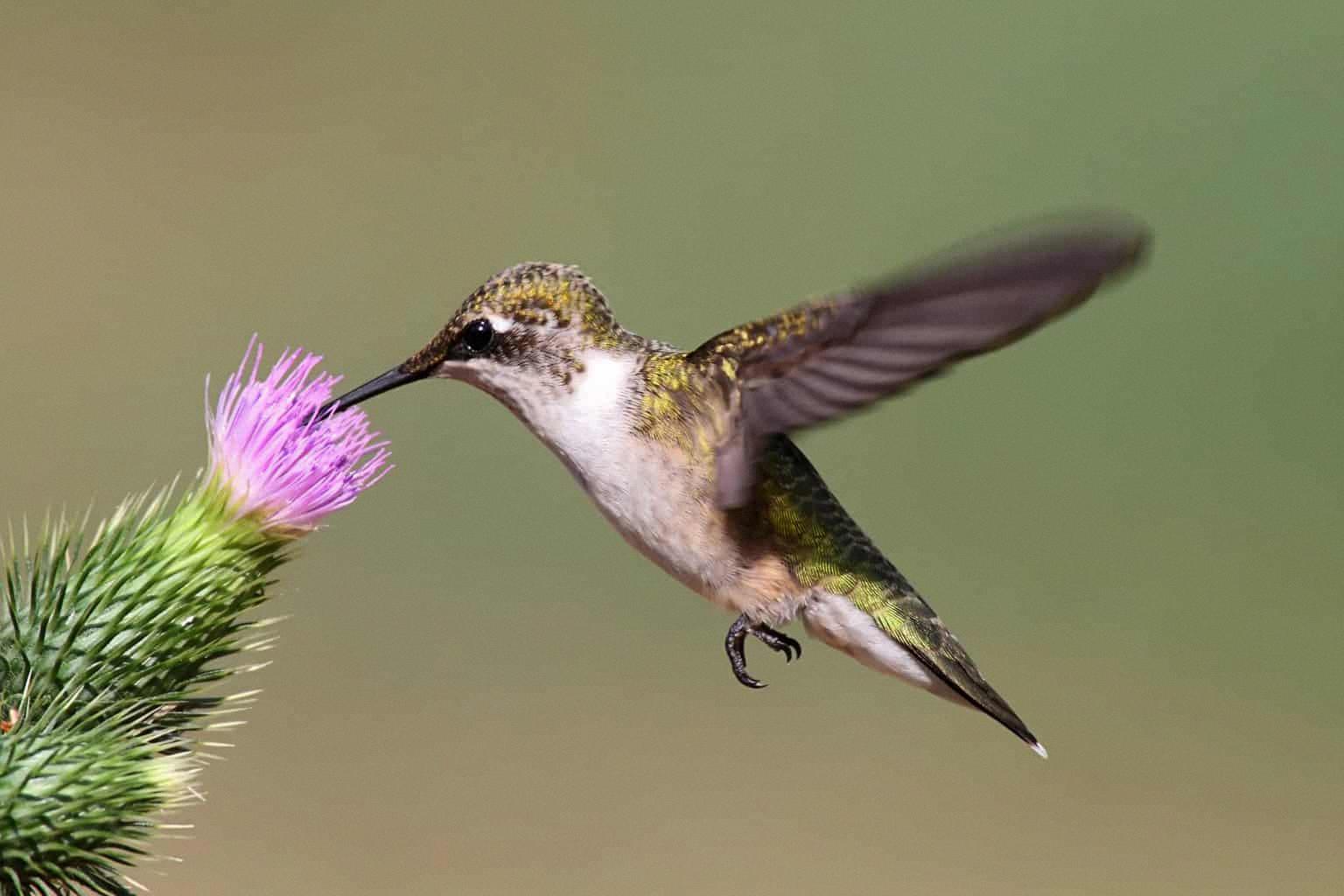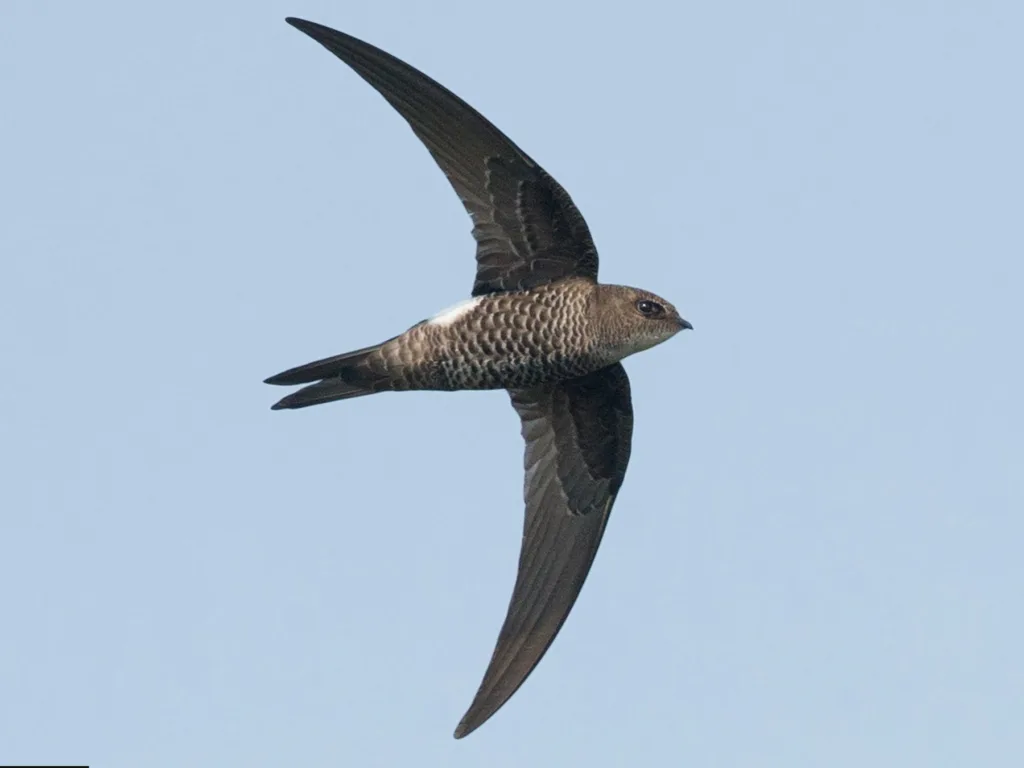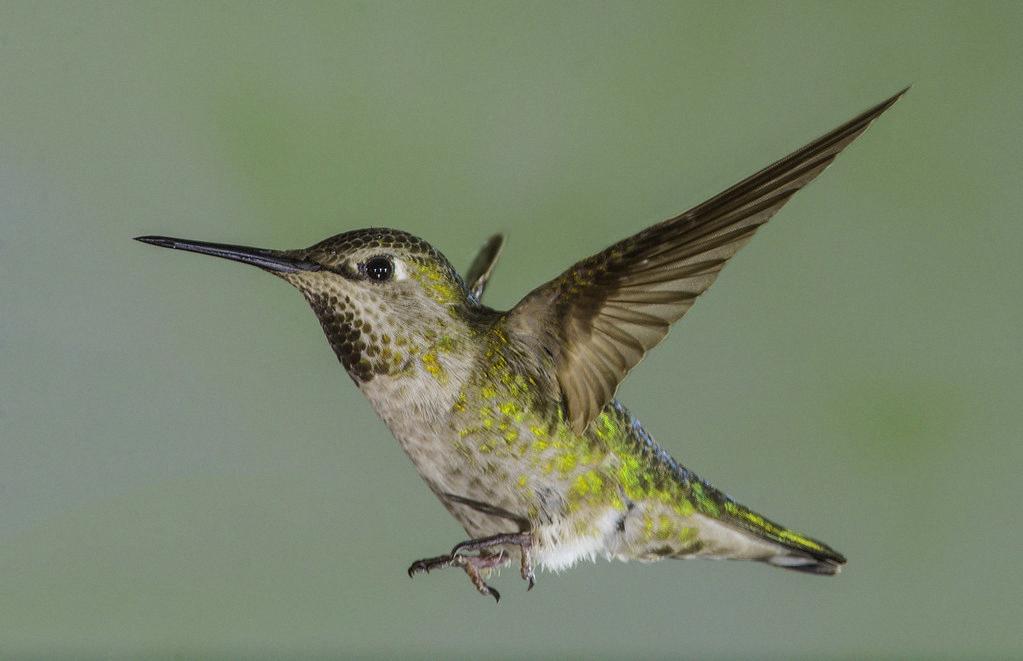Hummingbirds are fascinating creatures that have captured the curiosity and wonder of bird enthusiasts and nature lovers alike. One of the most common questions that people ask about these birds is whether or not they have feet. The answer is yes, hummingbirds do have feet, but they aren’t as visible or prominent as the feet of other bird species.
Hummingbirds belong to the order Apodiformes, whih comes from the Latin word for “footless.” However, this term is a bit misleading because hummingbirds do have legs and feet. It’s just that their feet are not as noticeable as those of other birds because they are small and not very strong. This is because hummingbirds have evolved to be lightweight and efficient flyers, which means that they need to have smaller, lighter feet.
Despite their small size, hummingbird feet are still functional and serve a variety of purposes. For example, hummingbirds use their feet for perching and scratching away mites and other pests. They also use their feet for preening and cleaning their feathers. Additionally, hummingbirds use their feet to fight off other birds that they perceive as a threat to their food supply. They will even use their feet as a barrier while fighting in mid-air.
One of the most impressive feats of hummingbirds is their ability to hover in mid-air. Hummingbirds are the only bird species that can hover, which allows them to sip nectar from flowers and plants. This hovering ability is thanks to the unique musculature and wing structure of these birds, which allows them to generate lift and thrust simultaneously.
While hummingbirds can’t walk or hop like other birds, they can shuffle sideways using their short legs. However, this movement is not very efficient or effective, and hummingbirds primarily rely on their wings for movement and mobility.
Hummingbirds do have feet, but they are small and not as prominent as those of other bird species. Despite their size, hummingbird feet are functional and serve a variety of purposes, including perching, preening, and fighting. These fascinating birds have evolved to be lightweight and efficient flyers, and their unique abilities and adaptations continue to captivate and amaze bird enthusiasts and nature lovers around the world.
Do Hummingbirds Have Legs or Feet?
Hummingbirds do have both legs and feet, although their feet are not very noticeable. This is because hummingbirds have evolved to have very small feet and legs relative to their body size, which allows them to be more aerodynamic in flight. Additionally, their feet are not used for walking or perching like many other bird species. Instead, hummingbirds use their feet primarily for perching and scratching themselves. So while hummingbirds do possess legs and feet, they are not prominent features of their anatomy and have adapted to suit their unique flying lifestyle.

Source: birdwatchingbuzz.com
Can Hummingbirds Walk?
Hummingbirds are unique and fascinating birds that possess many amazing abilities, but walking is not one of them. Unlike other bird species, hummingbirds do not have strong leg muscles that are necessary for walking or hopping on the ground. Instead, they have extremely short legs that are only used for perching or shuffling along a branch.
However, the lack of walking ability does not hinder hummingbirds in their daily activities. They are incredibly agile flyers that can hover in place, fly backwards, and even upside down. This flying ability allows them to easily access the nectar of flowers, which is their primary source of food. Hummingbirds use their long, slender bills to sip nectar from the flowers wile hovering in place.
In summary, although hummingbirds cannot walk or hop, they have many other impressive skills that make them unique and successful in their natural habitat.
Can Hummingbirds Walk?
Hummingbirds cannot walk on their feet as they have evolved smaller feet to be lighter for more efficient flying. While perched, they can use their feet to scoot sideways but cannot walk or hop like other birds. However, they do use their feet for itching and preening. Overall, their feet are primarily used for perching and not for walking.
The Function of Hummingbird Feet
Hummingbirds have feet for a variety of reasons. Firstly, they use their feet for perching and resting. Hummingbirds are known for their high energy and constant movement, but they do need to rest occasionally. They use their feet to cling to branches, twigs, and other surfaces while they take a break.
Secondly, hummingbirds use their feet for grooming themselves. They use their claws to scratch away mites and other parasites that may be living on their feathers. They also use their feet to preen their feathers and keep them clean and in good condition.
Thirdly, hummingbirds use their feet for fighting. These tiny birds are fiercely territorial and will defend their food sources against other hummingbirds and even larger birds. They will use their feet as weapons to attack and fend off invaders.
Lastly, hummingbirds use their feet for balance and stability. They are able to hover in mid-air and make quick, agile movements because of their strong muscles and coordination. Their feet play a crucial role in maintaining their balance and stability while they fly and feed on nectar.
In summary, hummingbirds have feet for perching, grooming, fighting, and balance. These small but important body parts help thse amazing birds survive and thrive in their natural environment.
Do Baby Hummingbirds Have Feet?
Yes, baby hummingbirds do have feet, but they are incredibly tiny. The feet of a baby hummingbird are so small that they canot stand on them, and they are not fully developed until they are a few weeks old. As hatchlings, they are completely helpless and rely solely on their mothers for food and warmth. The tiny feet of baby hummingbirds are not visible to the naked eye, as they are covered by feathers and the birds spend most of their time perched on a branch or nestled in a nest. However, as they grow and mature, their feet become more visible and they are able to use them to perch and move around.

Source: wildbirdscoop.com
Do Birds Have Feet or Claws?
Most birds have feet with four toes, each of which ends in a claw. The first toe is called the hallux, and it is turned backwards. This hallux is present in all birds and is used for perching and grasping prey. The claws on each toe vary in size and shape depending on the species of bird. Some birds, like pheasants, have an elevated hallux that does not touch the ground. On other birds, like Sprague’s Pipits or Horned Larks, the claw on the hallux is quite impressive despte the small size of the bird. In summary, birds have feet with toes and claws, and the hallux is a unique feature that is present in all birds.
Can Hummingbirds Move Their Legs?
Hummingbirds have very tiny legs that are only used for perching and moving sideways while perched. These legs are not strong enough to support the bird’s body weight or allow them to walk or hop on the ground. However, hummingbirds are known for their incredible flying abilities, and their wings are powerful enough to allow them to hover in mid-air, fly forward and backward, and even fly upside down. So while they may not use their legs for movement, hummingbirds have many other unique features that make them fascinating creatures to observe.
Do Hummingbirds Have Sight?
No, hummingbirds are not blind. In fact, they have very good eyesight and can see in color just as well as humans. Additionally, hummingbirds are able to see ultraviolet light, which means their world appears even more colorful than ours. This ability to see ultraviolet light is particularly useful for hummingbirds when it comes to finding nectar-rich flowers, as many flowers have ultraviolet markings that guide the birds to the nectar. So, while hummingbirds may be small, they certainly do not lack in the vision department.
Types of Birds Without Legs
There is a bird commonly known as the Swift or Martlet that was once believed to have no legs at all. This bird is often depicted in English heraldry with two or three tufts of feathers in place of legs and feet. While the Swift does have legs, they are incredibly small, which has led to the myth that this bird is legless. This legend has been perpetuated over time and has made the Swift an interesting subject of study for ornithologists and historians alike.

The Strength of Hummingbird Feet
Yes, hummingbirds have relatively weak feet compared to other bird species. This is becaue they have evolved to have small and lightweight bodies that allow them to hover and fly at incredible speeds. Their feet are also small and not adapted for perching or walking like other birds. While hummingbirds can use their feet to grip onto branches or flowers while feeding, they do not intentionally use them to carry anything. In fact, if one of their feet gets tangled in something, they may fly around with it as it is not strong enough to untangle itself. So, in summary, hummingbirds do have weak feet that are not designed for carrying heavy objects or perching for extended periods of time.
Are Hummingbird Feet Delicate?
Yes, hummingbirds’ feet are fragile due to their small size and delicate structure. When in flight, their feet are held so close to the body that they are barely noticeable. Hummingbirds have evolved for speed rather than strength, so their feet are not very strong. This is because their small size allows them to move quickly and efficiently, making them highly maneuverable in the air. However, this also means that their feet are not designed for heavy lifting or gripping. Overall, while hummingbirds’ feet may seem fragile, they are perfectly adapted to their unique lifestyle and needs.
Do Hummingbirds Have Teeth?
Yes, some hummingbirds do have teeth. Recent research has found that certain species in South America are evolving beaks with serrated edges that resemble teeth. These specialized beaks are believed to be used for fighting and competing for resources such as food and mates. However, it is important to note that not all hummingbirds have teeth-like structures on their beaks, as this adaptation appears to be unique to certain species in specific regions.
The Number of Hearts in Hummingbirds
Hummingbirds have only one heart, like all birds and mammals. However, their heart is relatively large in proportion to their body size, with an average heart size that is about 2.5% of their body weight. This enables hummingbirds to maintain their high metabolic rate and sustain their rapid wingbeats, which can exceed 50 beats per second in some species. Additionally, hummingbirds have a unique feature called a torpor, which is a state of reduced metabolic activity that alows them to conserve energy during periods of low food availability. During torpor, their heart rate can drop from several hundred beats per minute to as few as 50 beats per minute, further highlighting the adaptability and efficiency of these remarkable birds.

Source: flickr.com
The Number of Feet Hummingbirds Have
Hummingbirds have a total of two feet, just like most birds. However, what sets them apart is that they only have four toes. Specifically, they have three toes in the front and one toe located at the back of each foot, which is referred to as the hallux. This toe is important for hummingbirds because it allows them to grip onto branches, wires, and other surfaces, much like how a human’s thumb functions. Therefore, while hummingbirds may have fewer toes than other birds, their unique foot structure is perfectly adapted to their perching lifestyle.
How Hummingbirds Avoid Fatigue
Hummingbirds have a unique ability to maintain their high-energy flight without getting tired. One of the main reasons for this is that they have a high metabolic rate, which allows them to burn fuel at a faster rate than most other birds. They have a unique muscle structure that allows them to flap their wings extremely quickly, up to 80 times per second. This rapid wing movement allows them to hover in place, fly backwards, and even fly upside down.
In addition, hummingbirds have a specialized digestive system that allows them to process and convert nectar into energy quickly. They consume two to three times their body weight in nectar evey day, which provides them with the fuel they need to maintain their high-energy flight. Nectar is like rocket fuel for hummingbirds, providing them with a high concentration of sugar and calories. They visit multiple flowers in a minute, lapping up three to seven calories daily.
Overall, hummingbirds have adapted to their unique high-energy lifestyle through their high metabolic rate, specialized muscle structure, and unique digestive system. This combination of adaptations allows them to maintain their high-energy flight without getting tired, making them one of the most fascinating and impressive birds in the animal kingdom.
Conclusion
In summary, despite their name being derived from the Latin word for “footless,” hummingbirds do ineed have feet and legs. However, their feet are not as prominent as those of other bird species and are adapted for their unique flying abilities. Hummingbirds are the only birds that can hover, fly backward, and even upside down, thanks to their specialized wings and lightweight bodies. While they cannot walk or hop, they can shuffle sideways and use their feet for perching, preening, and scratching away mites. Additionally, hummingbirds will use their feet to fight off invaders who they think may steal their food supply. In conclusion, while they may have small and seemingly insignificant feet, hummingbirds have adapted to make the most of these appendages for their highly specialized and impressive flight capabilities.
